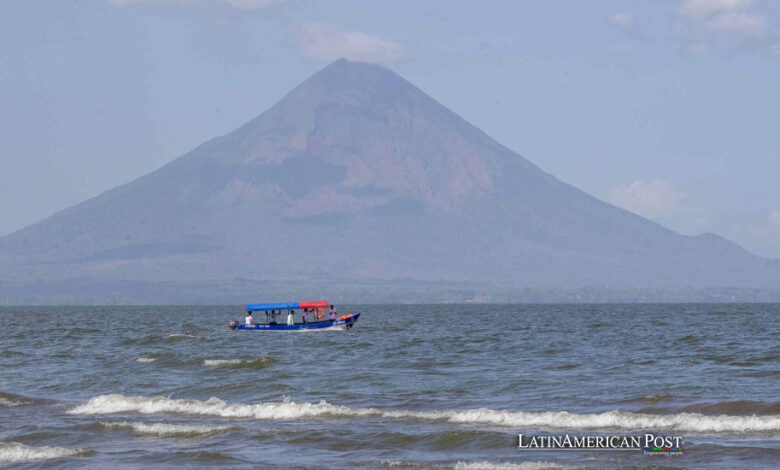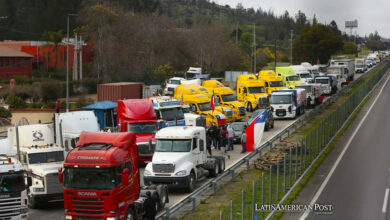Nicaragua Seeks New Ally for Long-Dreamed Interoceanic Canal

Under President Daniel Ortega, Nicaragua seeks a new international partner to realize its ambitious project of building an interoceanic canal after revoking the concession from HKND Group. This move sparks both hope and controversy.
The dream of constructing an interoceanic canal through the heart of Nicaragua—a dream that extends back to the 19th century—remains alive despite numerous setbacks and controversies. President Daniel Ortega, with the backing of the National Assembly, has recently taken a significant step towards revitalizing this dream by revoking the concession granted to the Hong Kong Nicaragua Canal Development (HKND) Group led by the enigmatic Chinese investor Wang Jing. This decision not only marks the end of a contentious partnership but also opens the door for new alliances in a project that could reshape global trade routes and the economic landscape of Nicaragua.
Exploring Nicaragua’s Canal Dream
The idea of building a canal through Nicaragua to connect the Caribbean Sea with the Pacific Ocean has been floated for over a century, with various foreign interests, including the United States and Great Britain, exploring the feasibility of such an endeavor. However, it was not until 2012 that the Sandinista-controlled Parliament took concrete steps under Ortega’s administration, passing a law enabling the project and subsequently awarding the 50-year renewable concession to HKND Group.
This proposed canal, stretching approximately 278 kilometers across Nicaragua from the Brito on the Pacific side to the mouth of the Punta Gorda River on the Caribbean, promised to be an engineering marvel and an economic boon. The route would traverse the vast Lake Nicaragua, a critical freshwater resource, and include two ports, an airport, artificial lakes, locks, a free trade zone, and tourism complexes. It is projected to cost around $50 billion.
However, the project has been fraught with challenges from the start. Environmentalists, local communities, and international observers have raised significant concerns about the canal’s ecological and social impacts. The construction would involve massive land alteration and could jeopardize Lake Nicaragua, the largest freshwater body in Central America, which is vital for the country’s biodiversity and the water supply of its citizens.
Moreover, the project’s viability has been a subject of debate. Critics argue that the economic forecasts and the expected traffic of 5,100 of the world’s largest ships per year, as promised by HKND, are overly optimistic. Jorge Luis Quijano, the former administrator of the Panama Canal, expressed skepticism about the need for a second canal in Central America, citing a century’s market analysis by the Panama Canal Authority, which does not justify another canal based on current and projected shipping demands.
Adapting to Challenges
Despite these challenges, Ortega has not abandoned the canal project. His administration’sadministration’s decision to seek new partners reflects a strategic pivot rather than a retreat. This move to nationalize the project’s oversight could attract new investors willing to navigate the complex economic, environmental, and geopolitical terrain. Ortega’s government emphasizes that the canal would enhance Nicaragua’s strategic importance and provide significant economic opportunities for its people, positioning the country as a critical player in global maritime logistics.
The search for a new partner comes when global shipping dynamics are evolving. The expansion of the Panama Canal and the increasing size of cargo ships necessitate more options for maritime routes. Nicaragua’s canal could serve as a complementary route, reducing congestion and providing an alternative for global shipping lines.
However, the project’sproject’s success depends on more than just economic calculations and engineering feats. It requires addressing the legitimate concerns of environmental sustainability and social impact. Any new initiative must prioritize ecological assessments and engage with local communities to ensure that the canal’s benefits are equitably shared and do not come at the cost of environmental degradation or displacement of people.
A Critical Juncture
The world watches closely as Nicaragua turns the page on its partnership with HKND and looks toward new possibilities. Nicaragua’s dream of an interoceanic canal is more than just a feat of engineering; it tests the country’s ability to balance ambitious development with responsible governance. The outcome will significantly influence not only Nicaragua’s future but also the patterns of global trade and environmental stewardship in the region.
Also read: Nicaragua’s Coffee Culture: Brewing Sustainability and Quality
In the quest to realize this centuries-old dream, the Nicaraguan government stands at a crossroads between historical ambition and contemporary responsibility. The decisions made in the coming years will define Nicaragua’s Nicaragua’s path forward, either as a cautionary tale of overreach or as a visionary example of innovative development.




